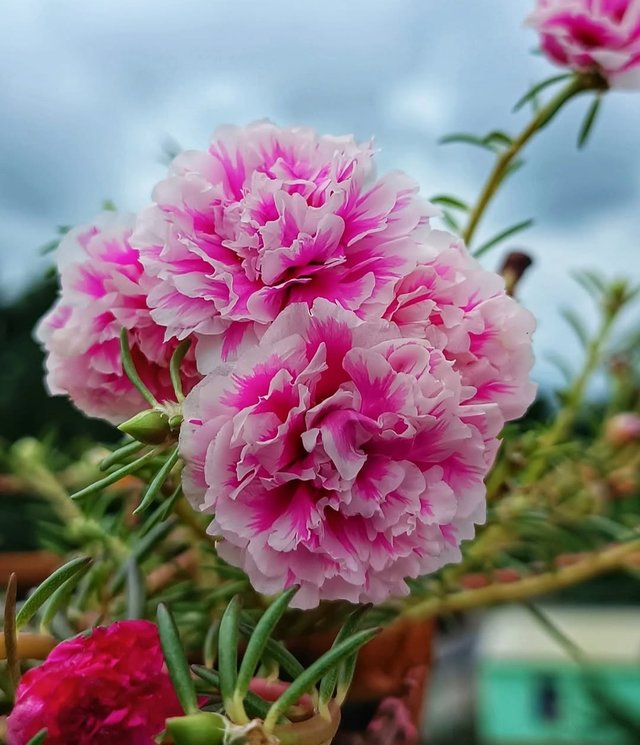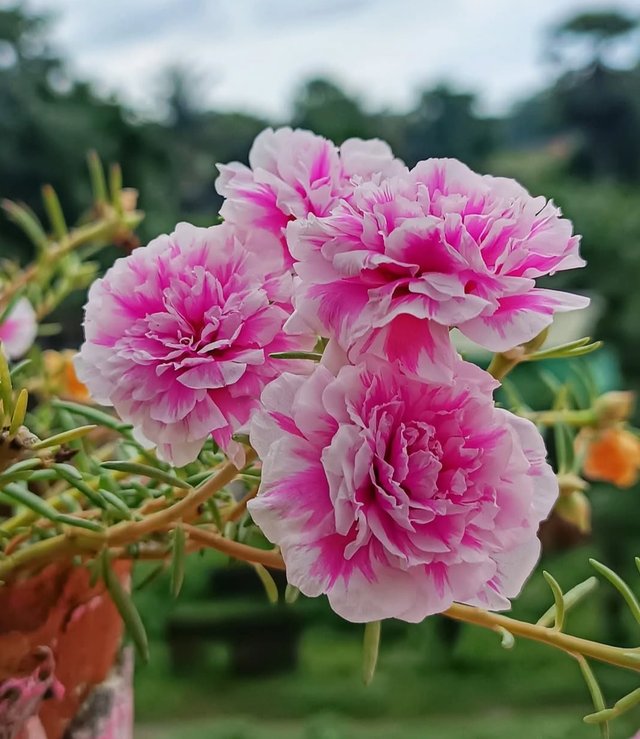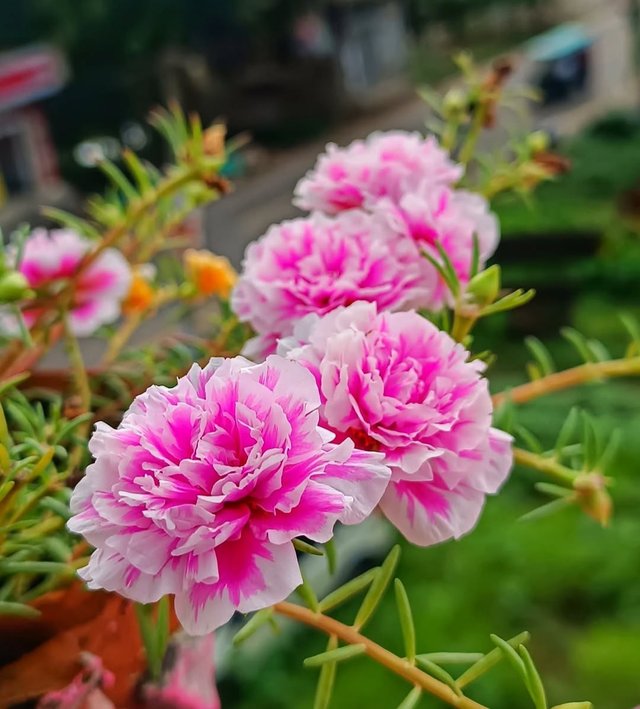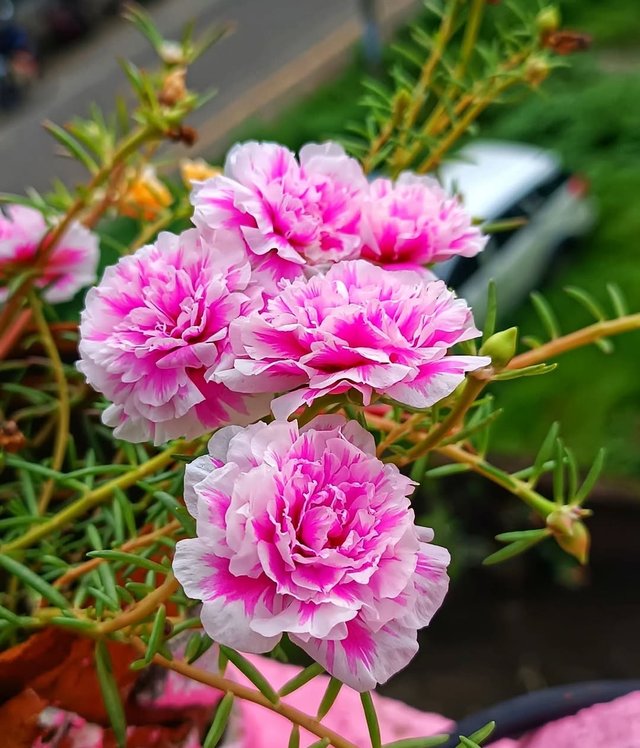Wonderful Moss Rose Flower
Moss Rose: A Hardy, Colorful Groundcover for Sunny Gardens
Moss rose is a low-growing, sun-loving annual that has charmed gardeners for generations with its vibrant blooms and ability to thrive in hot, dry conditions. Native to South America, particularly Argentina, Brazil, and Uruguay, moss rose has become a favorite worldwide thanks to its resilience, brilliant color range, and ease of care. Whether planted in borders, rock gardens, hanging baskets, or as a groundcover, this versatile plant brings a cheerful burst of color throughout the summer months.
Botanical Background and Characteristics
Moss rose belongs to the Portulacaceae family, which includes other drought-tolerant plants like purslane. It typically grows 3–8 inches tall and spreads up to 12–18 inches, forming dense mats of foliage. The leaves are cylindrical, succulent, and moss-like—hence the common name “moss rose.” These fleshy leaves store water, allowing the plant to survive in poor, sandy soils and withstand long periods without rain.
The flowers of moss rose are its most striking feature. Measuring about 1–2 inches in diameter, the blooms come in a dazzling array of colors—pink, red, orange, yellow, white, magenta, and even bi-colored varieties. Many modern cultivars, such as the ‘Double Mix’ or ‘Sundial’ series, produce semi-double or fully double flowers resembling miniature roses. The blooms open in bright sunlight and often close at night or on cloudy days.
Growing Conditions and Care
One of the biggest appeals of moss rose is its undemanding nature. It thrives in conditions where many other flowering plants would struggle:
Light: Full sun is essential. Moss rose needs at least six hours of direct sunlight daily to produce abundant blooms.
Soil: It prefers sandy or well-drained soil. Heavy clay or waterlogged conditions can cause root rot.
Watering: Being drought-tolerant, moss rose should be watered sparingly. Overwatering can lead to fungal issues or root damage. Once established, it rarely needs supplemental irrigation except during prolonged dry spells.




%20(8).jpeg)